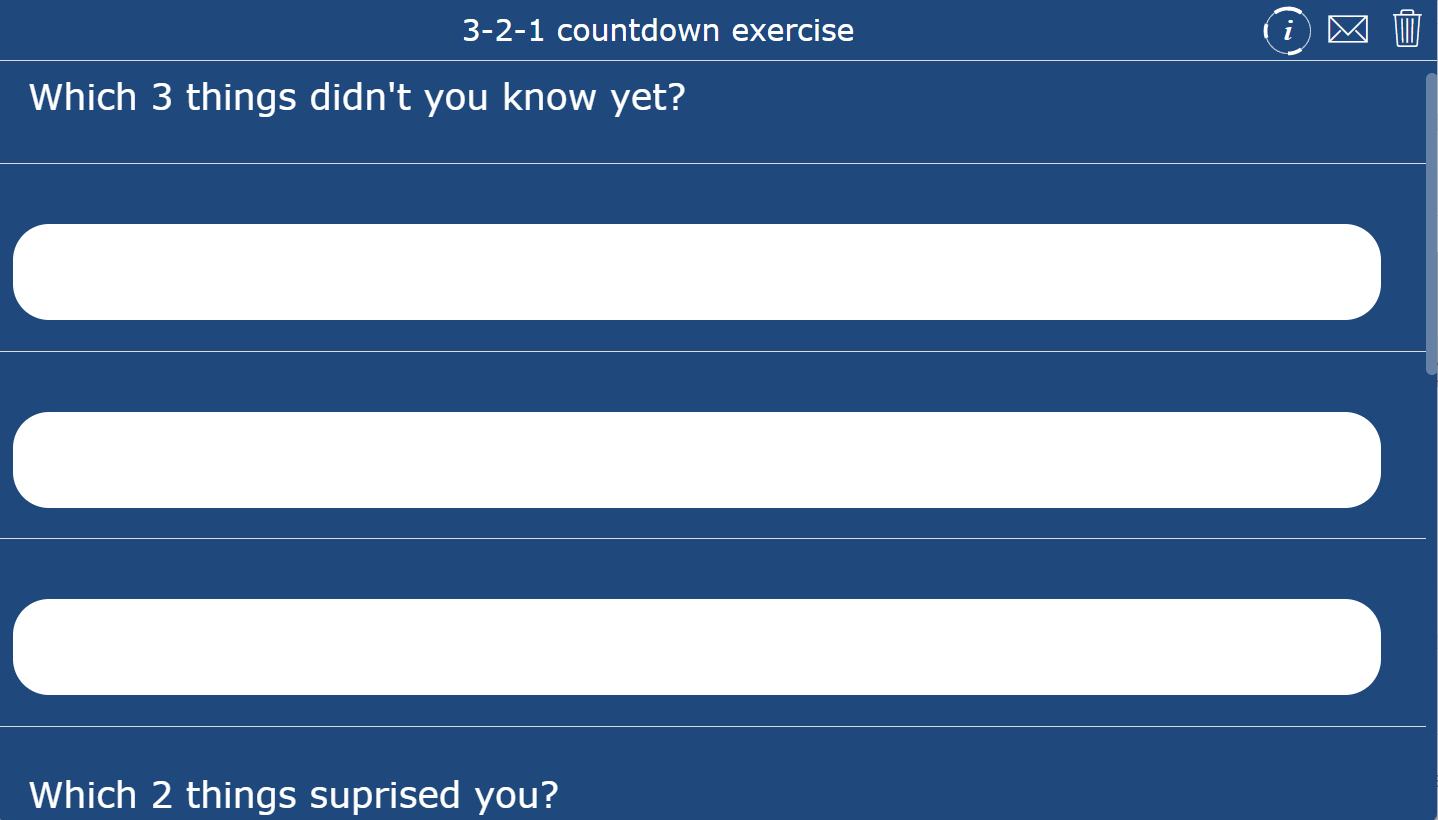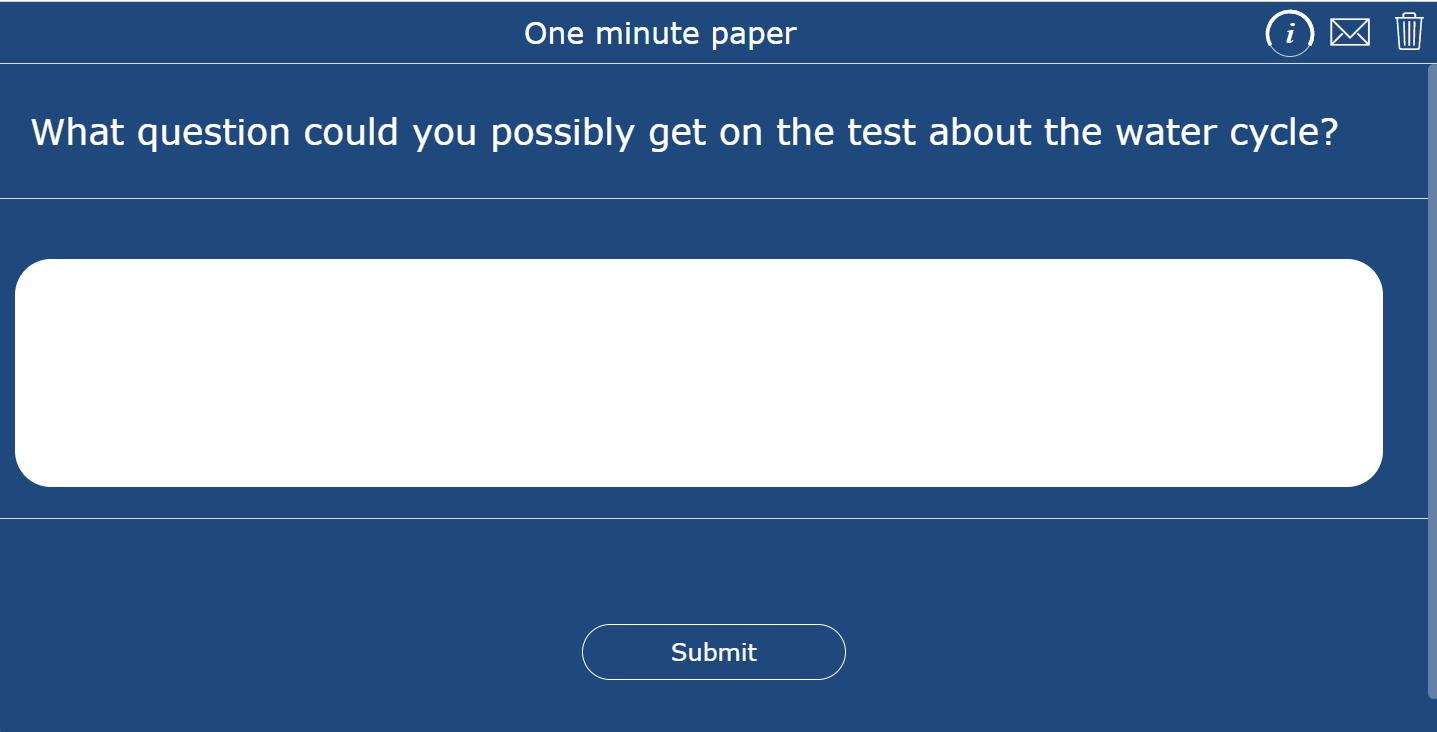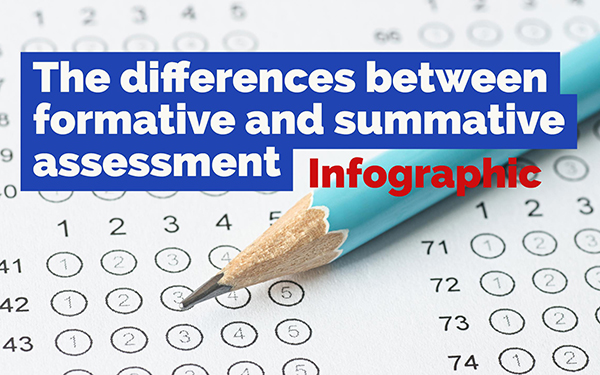The differences between formative and summative assessment - Infographic
 Lucie Renard —
Lucie Renard —
Summative and formative assessment are two ways to evaluate a student’s learning. What kind of assessment strategy should you choose for your lesson or teaching? It all depends on the huge differences between them. So, what exactly are those differences?
Take a look at this infographic below to find out.

Definition of formative and summative assessment
The first difference is of course their definition.
Formative assessment is used to monitor students’ learning to provide ongoing feedback that can be used by instructors or teachers to improve their teaching and by students to improve their learning.
Summative assessment, however, is used to evaluate students’ learning at the end of an instructional unit by comparing it against some standard or benchmark.
You can tell from their definitions that those two evaluation strategies are not meant to evaluate in the same way. So let’s take a look at the biggest differences between them.
Differences between formative and summative assessments
Difference 1
The first big difference is when the assessment takes place in a student’s learning process.
As the definition already gave away, formative assessment is an ongoing activity. The evaluation takes place during the learning process. Not just one time, but several times.
A summative evaluation takes place at a complete other time. Not during the process, but after it. The evaluation takes place after a course or unit’s completion.
Difference 2
There’s also a big difference between the assessement strategies in getting the right information of the student’s learning.
With formative assessments you try to figure out whether a student’s doing well or needs help by monitoring the learning process.
When you use summative assessments, you assign grades. The grades tell you whether the student achieved the learning goal or not.
Difference 3
The purposes of both assessments lie miles apart. For formative assessment, the purpose is to improve students’ learning. In order to do this you need to be able to give meaningful feedback. Check out this post about feedback.
For summative assessment, the purpose is to evaluate student’s achievements.
So do you want your students to be the best at something, or do you want your students to transcend themselves each time over and over again?
Difference 4
Remember when I said that with formative assessment the evaluation takes place several times during the learning process en with summative assessment at the end of a chapter or course? This explains also the size of the evaluation packages.
Formative assessment includes little content areas. For example: 3 formative evaluations of 1 chapter.
Summative assessment includes complete chapters or content areas. For example: just 1 evaluation at the end of a chapter. The lesson material package is much larger now.
Difference 5
The last difference you may already have guessed. Formative assessment considers evaluation as a process. This way, the teacher can see a student grow and steer the student in an upwards direction.
With summative assessment it’s harder for you to steer the student in the right direction. The evaluation is already done. That’s why summative assessments or evaluations are considered to be more of a “product”.
Examples of formative assessments
Formative assessments can be classroom polls, exit tickets, early feedback, and so on. But you can make them more fun too. Check out this guide on formative assessment with lots of different examples. I’ve create these three simple ones for you already. Make sure to make a copy in your free BookWidgets account before you share it with your students.
In response to a question or topic inquiry, students write down 3 different summaries. 10-15 words long, 30-50 words long and 75-100 words long.

Click to open The 3-2-1 countdown exercise: Give your students cards to write on, or they can respond orally. Students have to respond to three separate statements: 3 things you didn’t know before, 2 things that surprised you about this topic and 1 thing you want to start doing with what you’ve learned.

Click to open One minute papers are usually done at the end of the lesson. Students answer a brief question in writing. The question typically centers around the main point of the course, most surprising concept, most confusing area of the topic and what question from the topic might appear on the next test.

Click to open
As I’ve said before, these lesson examples are created with BookWidgets. You can make them yourself from scratch or duplicate the examples in your own account so you can edit them.
Examples of summative assessments
Most of you have been using summative assessments whole your teaching careers. And that’s normal. Education is a slow learner and giving students grades is the easier thing to do.
Examples of summative assessments are midterm exams, end-of-unit or –chapter tests, final projects or papers, district benchmark and scores used for accountability for schools and students.
Wrap up
So, that was it for this post. I hope you now know the differences and know which assessment strategy you are going to use in your teaching. If you want to know more about implementing formative assessment you should really take a look at this interview of a school without grades and this post about the building blocks of formative assessment. You can also check out this post about the ultimate formative assessment guide to have an overview.
Did you learn anything new through this post? If so, let me know on LinkedIn. Also, don’t forget to share your self-made formative and summative assessments in our Facebook Group. The more formative and summative assessment examples, the better.
Would you like to stay up to date on new blog posts? Follow BookWidgets on Twitter.


